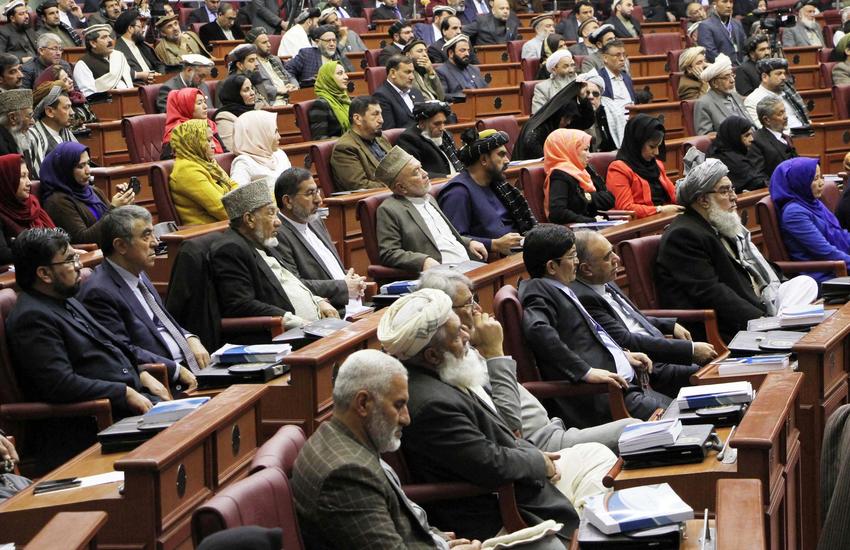The latest IPU report on Youth Participation in Parliament reveals that parliaments are getting slightly younger, with small increases in the number of parliamentarians under 45 years old. However, despite the progress, parliaments are still a long way from representing young people proportionately.
The report tracks changes in youth representation in parliaments following elections held between September 2020 and June 2023.
Global averages of young MPs have grown across three age groups as follows:
- 2.8% of MPs are aged 30 or under, compared with 2.6% in 2021
- 18.8% of MPs are aged 40 or under, compared with 17.5% in 2021
- 32.1% of MPs are aged 45 or under, compared with 30.2% in 2021
Factors that explain the increases include new laws which establish youth quotas or lower the age of eligibility for political office, as well as efforts to create youth caucuses.
Europe dominates the global ranking of young MPs aged 30 and under in single or lower chambers[1]
|
Rank |
Country |
% of MPs aged 30 and under |
|
1. |
Norway |
13.6 |
|
2. |
Armenia |
13.1 |
|
3. |
San Marino |
11.7 |
|
4. |
Malta |
10.0 |
|
5. |
Suriname |
9.8 |
|
6. |
Germany |
8.8 |
|
7. |
Iceland, Republic of Moldova, Cuba |
7.9 |
|
8. |
Denmark |
7.8 |
|
9. |
Austria |
7.7 |
|
10. |
Ukraine |
7.1 |
Nordic countries perform well, suggesting a broad ethos of political inclusion in the region, also demonstrated by the high representation of women in parliament.
High levels of political protest and activism in a country, such as in Armenia and Ukraine, seem to lead to parliaments with a younger membership.
The report also highlights three countries that stand out for their progress in youth participation across all three age thresholds: Germany, Tanzania and Bolivia.
Some countries slipping
Countries that have experienced setbacks include Serbia [2 ]and Italy. This is largely due to snap elections held in 2022 which left less time to nurture younger candidates.
Other countries that are lagging behind include the United States, which consistently appears near the bottom of the IPU ranking of the average age of parliamentarians.
According to IPU data, US lawmakers have an average age of 64, an issue which is becoming more prominent as campaigning begins for the 2024 elections.
The comparatively advanced age of parliamentarians in some countries is also partly due to a lack of funding for young people and the absence of spending limits for political campaigns.
The report finds that when candidates have access to public campaign financing, chambers tend to be younger.
The younger the parliament, the more gender-balanced
IPU data shows that parliamentary chambers with younger MPs tend to be more gender-balanced, with more women present.
For example, in the 21-30 age group, the ratio of male to female MPs is around 60:40, whereas the ratio among MPs above 45 years old is 76:24.
Youth quotas also help
According to the report, 13 countries now have youth quotas in their legal frameworks, compared with 9 in 2021, with a corresponding positive impact on the share of young parliamentarians in those countries.
Introducing youth quotas is just one of six recommendations that the IPU formulated in its youth campaign I Say Yes to Youth in Parliament!, launched two years ago to promote youth participation in parliaments.
[1] The data in the report is based on figures as at 15 June 2023. The most recent data is available on the IPU’s Parline data platform, which also includes upper chambers.
[2 ] However, Serbia still remains well above global averages overall in the three age group











